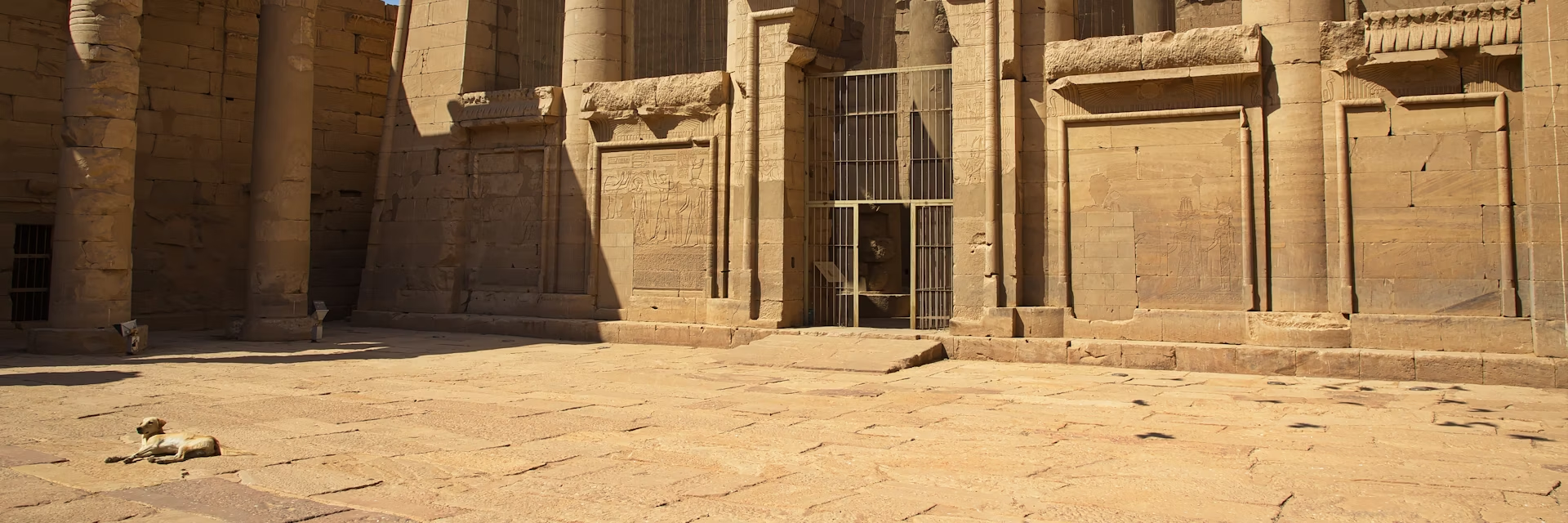


Kalabsha Temple, which stands on the quiet shores of Lake Nasser in southern Egypt, is one of the finest ancient sites that have not been popularized. Aswan day trips often include a visit to this hidden gem, offering a peaceful and immersive experience in the heart of Egypt’s ancient heritage. This temple belongs to the Roman period, is dedicated to the Nubian gods, and represents a unique exhibition of rich history and architecture in Egypt. There are 5 different aspects of Kalabsha Temple that compel history enthusiasts and travelers in general to visit this site.
Kalabsha Temple, one of the top Aswan attractions, was built during the period of the Roman Emperor Augustus, around 30 BCE, and was for the Nubian god Mandulis, one of the larger religious complexes for the deities of the area. The importance of the temple is based upon the fact that it is dedicated to Nubian gods, hence being representative of an Egyptian-Nubian tradition. It has also been a symbol of cultural-religious interchange between the two lands through the ages.
However, one of the most interesting facts about Kalabsha Temple is that it was relocated in the 1960s. The Aswan High Dam construction threatened basically all ancient Nubian heritage with flooding from the ever-rising waters of Lake Nasser. As a result, to keep the temple intact, the temple was disassembled and re-erected in a permanently dry site higher above. It was one of the important steps to save-the-world campaign by UNESCO to protect Egypt's historical treasures against the flooding destruction of the dam.
Kalabsha Temple is a wonderful instance whereby ancient Egyptian design and elements were used in the Roman period architecture. The temple is made of sandstone, and it is preserved to such extent of embracing its grand size and intricate reliefs, where visitors would marvel at the beautifully carved columns, the large court before the pantheon, and the impressive pylon entrance. The walls are adorned with some hieroglyphic inscriptions famous for depicting the reign of the Roman emperors and, most importantly, the gods of Nubia.
By Nubian influence in its building and in the temple's religious inclination, this place narrates how the Romans managed to fuse those Nubian ideas into what they called the gods or the god's services. Egypt trips often include visits to Kalabsha Temple, highlighting the unique blend of Roman and Nubian traditions in its construction and religious significance. Mandulis is the name given to the god of Nubian sun worship at the temple. With this, Nubian elements played a part in the design.
It is the other quiet, serene, and less visited abode in Kalabsha Temple, which offers visitors a view of an important ancient piece. Tourists can now appreciate the picturesque beauty that is served by Lake Nasser while they admire their scenic surroundings. Go inside the temple, read through the informative boards about history, and enjoy the quiet ambiance of one of Egypt's lesser-known treasures.
Although it is not at par with the Great Pyramids and the Temple of Karnak, it is, in fact, one of Egypt's most enigmatic monuments: the Kalabsha Temple. Seriously, it's got a great history; its architecture is dazzling; and more importantly, it is a paradox of Egyptian and Nubian influences. Therefore, it has something to offer to anyone willing to use the back roads. History lovers, those interested in architecture, and those looking for a peaceful place could also add Kalabsha to their itineraries through the ancient wonders of Egypt. It’s definitely one of the best things to do in Aswan, offering a unique and tranquil experience away from the crowds.

Copyright © 2024 All Rights Reserved
